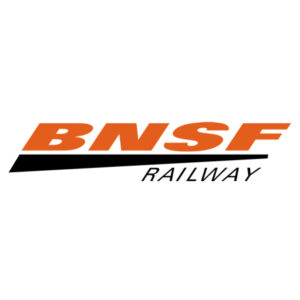 MARCEL, Calif. — The Union Pacific main line over Tehachapi pass reopened late Saturday following the derailment of a train earlier in the day, BNSF reports in a customer notification on its website. The train involved was apparently a Union Pacific train, despite an initial news report indicating a BNSF train had been involved.
MARCEL, Calif. — The Union Pacific main line over Tehachapi pass reopened late Saturday following the derailment of a train earlier in the day, BNSF reports in a customer notification on its website. The train involved was apparently a Union Pacific train, despite an initial news report indicating a BNSF train had been involved.
The derailment occurred about 2:03 a.m. local time at Marcel, just upgrade frrom the Tehachapi Loop. The line was reopened at 10:45 p.m.
The Bakersfield Californian website, which reported the train was BNSF’s, shows photos of container cars strewn on a hillside and says some cars went down a 100-foot embankment. There were no injuries, the Californian reports. Online videos indicate a Union Pacific train was involved.






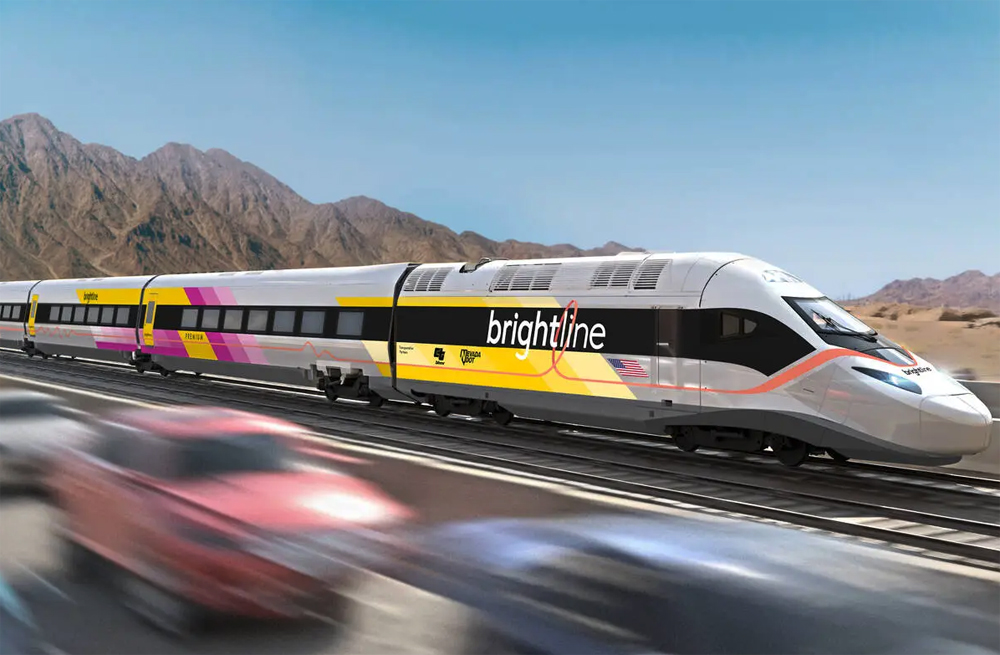
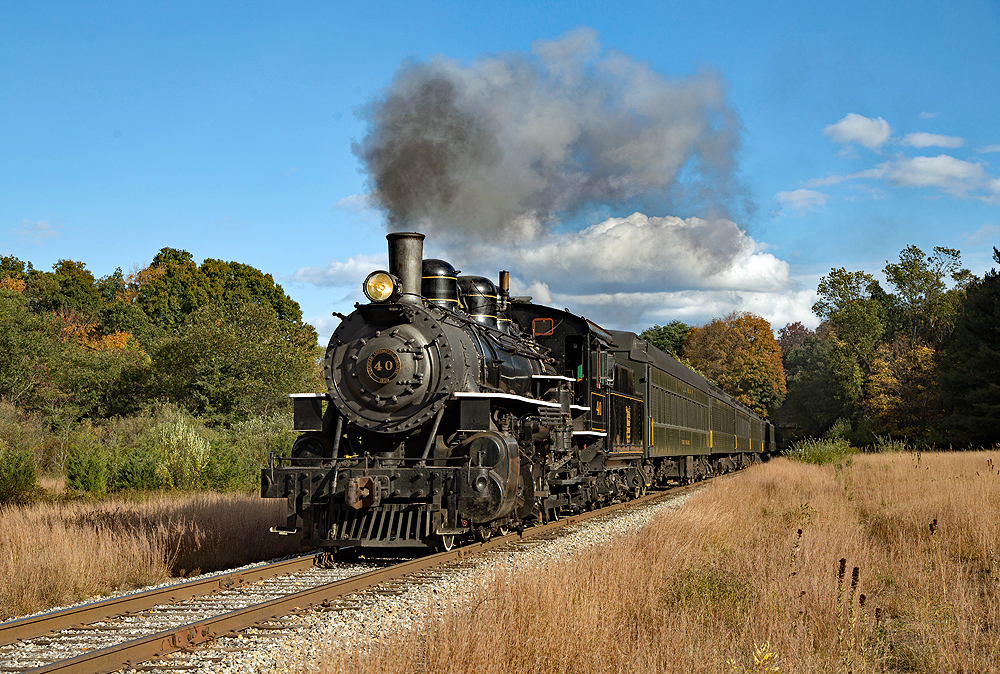
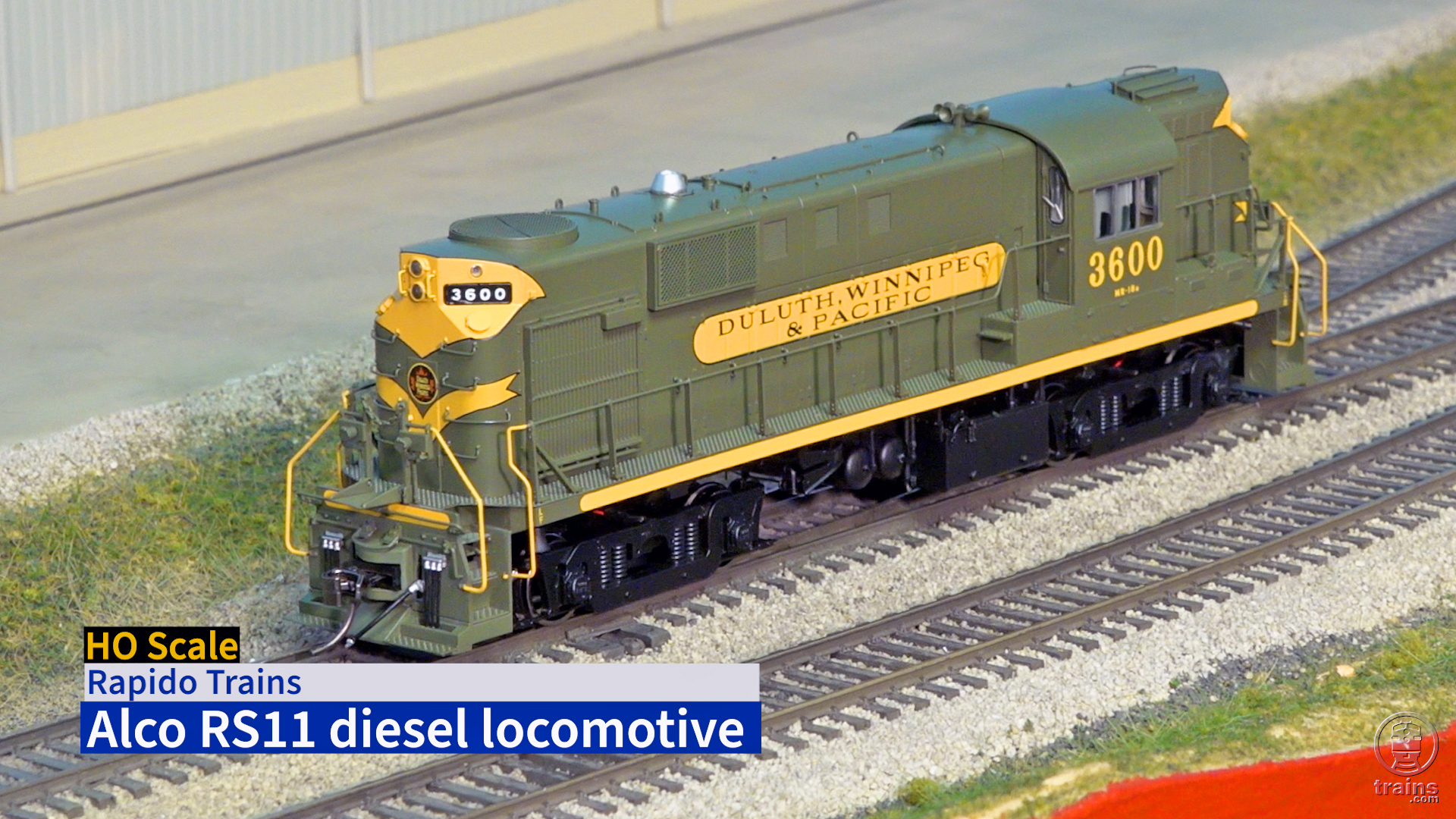
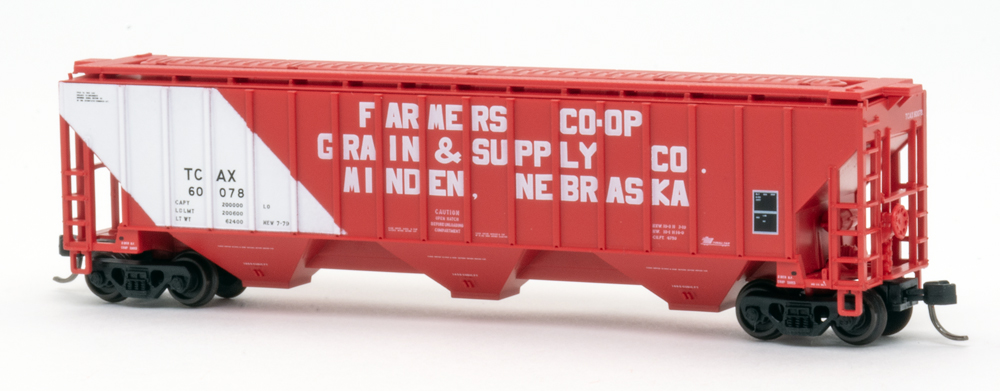




One solution(?) for too long trains is for the FRA to fine a railroad that sends one out, defining such a train as one that cannot fit into ALL passing sidings on its designated route. Say about $1,000 per car times the number of enroute short sidings. That should make Operations Managers take notice.
What??? Did you folks fact check ANY of this? I’m sure the BNSF would have something to say about this blurb. Their website did not say it was one of their trains that derailed, but a report of a train that derailed. There are two railroads that use that line. Then the report says the line was reopend on December 22, 2023.
Unless that BNSF train had a solid UP consist and was carrying a UP symbol, it was not a BNSF train that derailed.
You are correct Steven, the article even has it wrong as to whom the line belongs too…which I’m surprised that Trains got wrong. It was a UP train that derailed on the semi-joint line(I won’t go into the complicated ownership of the route, suffice it to say that the RR which paid to double track it is also the actual owner).
There are a series of reverse curves at this location. While not very tight, the curves could lead to stringlining where excessive draft forces formed.
Chris, according to a former SP engineer that videoed the aftermath, the train had stalled on the grade and was in the process of BACKING down the line when it derailed. Pretty sure that backing is not going to cause stringlining and he even said it was because of a broken rail caused by the slippage of the power. This is fodder for the STB and the penchant of the railroads to underpower their super long freights…of course the STB won’t here about this, but the FRA will.